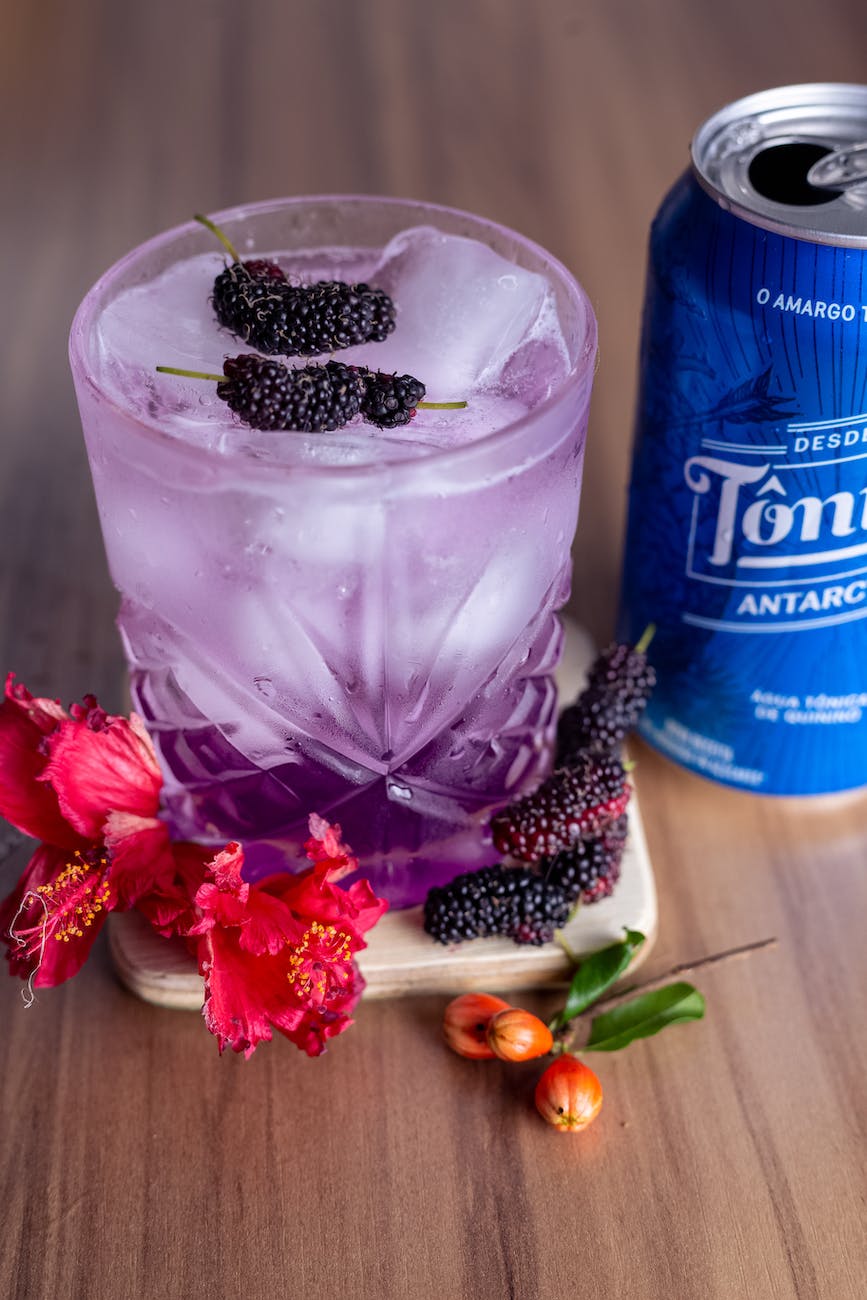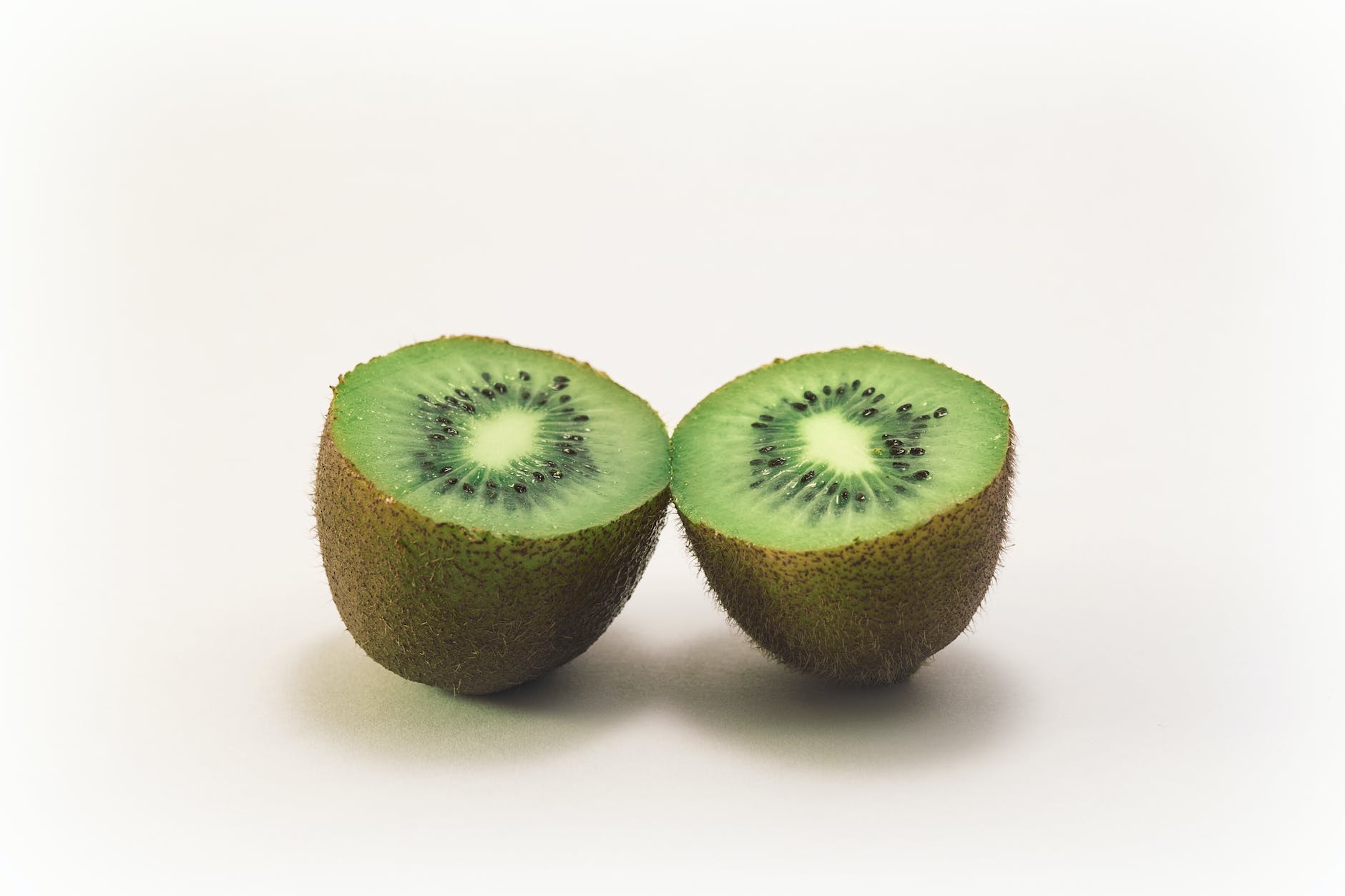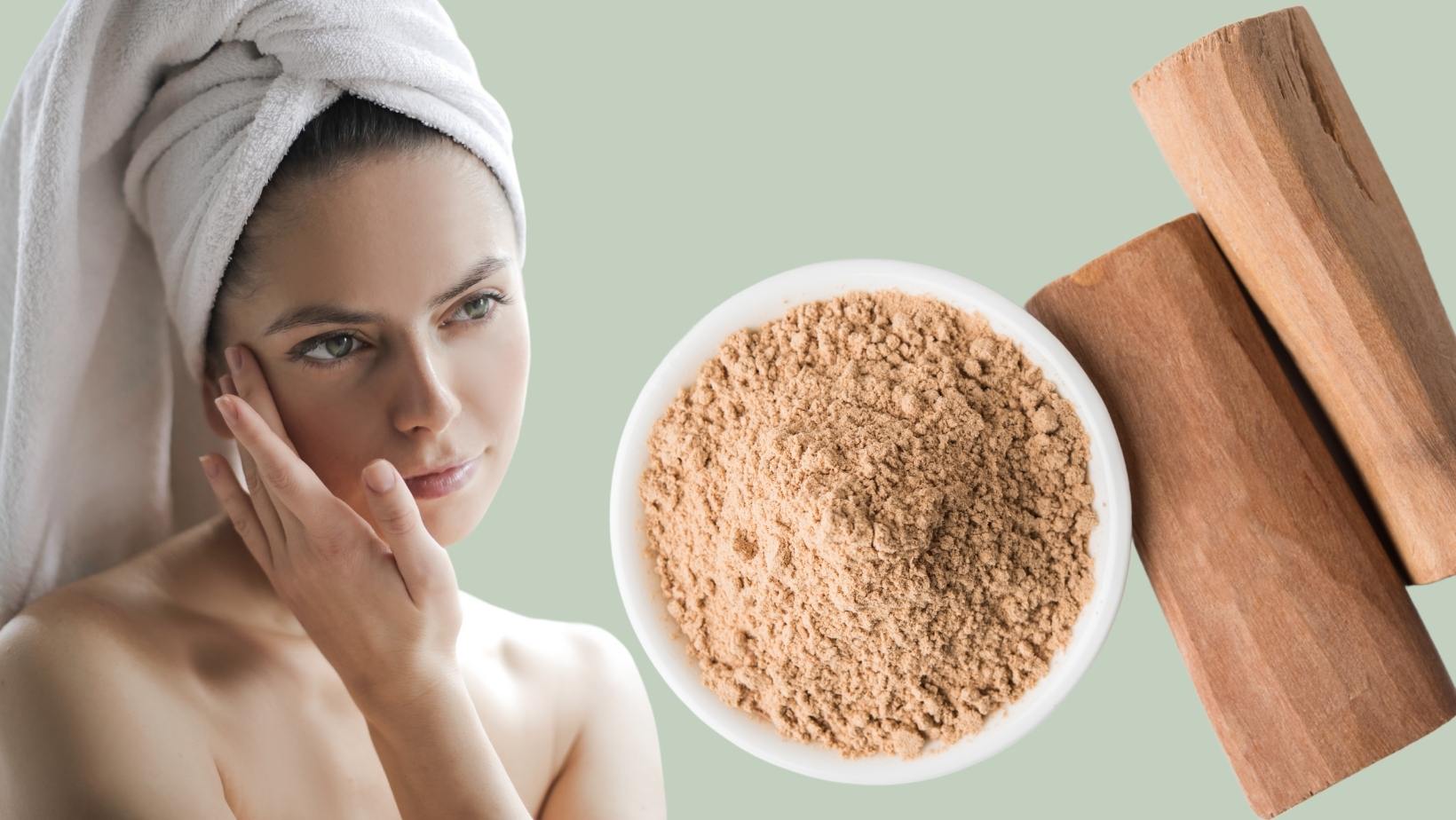
There’s something truly enchanting about a cocktail that not only tastes like a dream but also looks like a piece of art. The Purple Rain cocktail, with its mesmerizing hue and tantalizing taste, is one such masterpiece. This drink has been creating ripples in the cocktail world, and it’s not hard to see why. It’s a delightful blend of sweet and sour, with a hint of tropical flair. Today, we’re going to take a deep dive into the top 5 Purple Rain recipes from the internet, each with its unique twist. So, fasten your seatbelts and get ready to embark on a flavorful journey that will leave your taste buds dancing with joy! 💃🕺
1. The Classic Purple Rain – Tipsy Bartender 🍸
The first stop on our journey is the classic Purple Rain recipe from Tipsy Bartender. This version stays true to the original, with a perfect balance of vodka, lemonade, blue curaçao, and grenadine. The addition of a lemon wedge and purple sugar rim adds a touch of elegance that makes this drink a true showstopper.
Ingredients:
- Vodka
- Lemonade
- Blue Curaçao
- Grenadine
- Lemon wedge
- Purple sugar
The key to this recipe is the quality of your ingredients – always opt for premium vodka and fresh lemonade for the best results.
2. The British Twist – BBC Good Food 🇬🇧
Next, we travel across the pond to the UK with the Purple Rain recipe from BBC Good Food. This version adds a British twist with the inclusion of gin, giving the cocktail a more robust flavor profile. The addition of lime juice adds a refreshing tang that perfectly complements the sweetness of the blue curaçao and grenadine.
Ingredients:
- Vodka
- Gin
- Blue Curaçao
- Lime juice
- Lemon juice
- Soda water
- Grenadine
Remember, the secret to a great cocktail is balance – the gin and lime juice should enhance, not overpower, the other flavors.
3. The Ultimate Purple Rain – Occasional Cocktails 🍹
Our third stop is the Ultimate Purple Rain from Occasional Cocktails. This recipe sticks to the basics but emphasizes the importance of presentation. A lemon wedge or slice as your garnish not only adds a pop of color but also a burst of citrusy freshness.
Ingredients:
- Vodka
- Lemonade
- Blue Curacao
- Grenadine
- Lemon wedge or slice (optional)
The key to this recipe is the preparation – having all your ingredients and equipment ready to go ensures a smooth and enjoyable cocktail-making experience.
4. The Fruity Purple Rain – Advanced Mixology 🍓
Next, we dive into a fruity twist on the classic with the Purple Rain from Advanced Mixology. This version adds cranberry juice to the mix, giving the cocktail a fruity punch that’s perfect for summer. The addition of a fresh lime squeeze over the drink adds a zesty finish that will leave you wanting more.
Ingredients:
- Vodka
- Grenadine syrup
- Cranberry juice
- Lemonade
- Slice of lime
The secret to this recipe is the cranberry juice – opt for 100% juice for a natural sweetness that can’t be beaten.
5. The Tropical Purple Rain – Trop Rockin 🍍
Finally, we end our journey on a tropical note with the Purple Rain from Trop Rockin. This recipe swaps out the lemonade for sweet pineapple juice, creating a stunning purple drink that tastes like a tropical vacation.
Ingredients:
- Vodka
- Pineapple juice
- Blue Curacao
- Grenadine
The key to this recipe is the pineapple juice – make sure it’s freshly squeezed for the best flavor.
Tips for Making the Best Purple Rain 🌟
Now that we’ve explored the top 5 Purple Rain recipes from the internet, here are some tips to ensure your cocktail is a hit:
- Always use fresh ingredients: Freshly squeezed juices will always taste better than their store-bought counterparts.
- Balance is key: A great cocktail strikes a balance between sweet, sour, and alcoholic flavors.
- Presentation matters: A well-presented cocktail is a joy to drink. Don’t forget the garnish!
- Experiment: Don’t be afraid to tweak the recipes to suit your taste. After all, the best cocktail is the one you enjoy the most.
7 Purple Rain Variations to Satisfy Your Craving
If you’re captivated by the allure of the Purple Rain cocktail, get ready to embark on a journey through a world of enchanting variations. From mixed drinks to frozen delights, and even unique twists with different spirits, these recipes will satisfy your cravings and elevate your cocktail experience. Let’s dive into the magical realm of Purple Rain and explore its irresistible variations.
1. Purple Rain Mixed Drink 🍹
Indulge in the classic Purple Rain mixed drink that started it all. This delightful concoction blends the perfect harmony of flavors to create a captivating cocktail. Here’s a breakdown of the ingredients you’ll need:
- Vodka: Adds a smooth and neutral base to the cocktail.
- Blue Curaçao: Infuses the vibrant blue hue and a hint of citrusy sweetness.
- Grenadine: Brings a touch of fruity richness and adds depth to the cocktail.
- Lemonade: Provides a refreshing tang that balances the sweetness.
To make the Purple Rain mixed drink, combine the ingredients in a shaker with ice. Shake well and strain into a glass filled with ice. Don’t forget to garnish with a lemon wedge for an extra burst of citrus flavor.
2. Purple Rain Frozen Drink ❄️
When the temperature rises, cool down with a refreshing Purple Rain frozen drink. This icy rendition takes the classic flavors of the Purple Rain cocktail and transforms them into a delightful slushy treat. Here’s how to make it:
- Vodka, Blue Curaçao, Grenadine, and Lemonade: Follow the same measurements as the mixed drink.
- Crushed Ice: Gives the drink its frozen texture.
Combine all the ingredients in a blender and blend until smooth. Pour the frozen mixture into a glass and garnish with a lemon wedge. Sip on this frosty Purple Rain creation and let it transport you to a state of pure bliss.
3. Purple Rain Cocktail with Gin 🍸
For gin enthusiasts seeking a twist on the classic recipe, the Purple Rain cocktail with gin is a delightful option. This variation adds a botanical touch and elevates the complexity of flavors. Here’s what you’ll need:
- Gin: Choose a gin with herbal and citrus notes to complement the other ingredients.
- Blue Curaçao, Grenadine, and Lemonade: The same components as the classic mixed drink.
- Lemon Wedge: Use it as a garnish for an extra touch of freshness.
Combine the gin, blue curaçao, grenadine, and lemonade in a shaker with ice. Shake vigorously, strain into a glass over ice, and garnish with a lemon wedge. Savor the nuanced flavors of the Purple Rain cocktail with a gin twist.
4. Jamaican Purple Rain Drink 🏝️
Take your taste buds on a Caribbean adventure with the tantalizing Jamaican Purple Rain drink. This variation infuses the spirit of Jamaica into the classic recipe, offering a tropical twist. Here are the ingredients you’ll need:
- Jamaican Dark Rum or Coconut Rum: Opt for a rum with rich flavors to enhance the tropical experience.
- Blue Curaçao, Grenadine, Lemonade, and Pineapple Juice: Stay true to the classic recipe’s foundation.
- Lime Wedge: Use it as a garnish for a tangy touch.
Combine the rum, blue curaçao, grenadine, lemonade, and pineapple juice in a glass. Stir well to ensure the flavors meld together. Add ice and garnish with a lime wedge. Sip on this Jamaican-inspired Purple Rain drink and imagine yourself lounging on a pristine beach in the Caribbean.
5. Purple Rain Shot Recipe 🥃
For those seeking a bolder and quicker experience, the Purple Rain shot is the perfect choice. It condenses the flavors of the classic cocktail into a concentrated form. Here’s what you’ll need:
- Vodka, Blue Curaçao, and Grenadine: Equal parts of each ingredient.
Pour equal parts of vodka, blue curaçao, and grenadine into a shot glass. Stir gently to combine the flavors. Raise the glass and take the shot, allowing the vibrant and intense flavors of the Purple Rain to invigorate your taste buds.
6. Jamaican Purple Rain Drink Recipe 🇯🇲
For those who desire a more detailed recipe for the Jamaican Purple Rain drink, here’s a step-by-step guide:
- Jamaican Dark Rum: 1 ½ oz.
- Blue Curaçao: 1 oz.
- Grenadine: 1 oz.
- Pineapple Juice: 2 oz.
- Lemonade: 1 oz.
- Lime Wedge: Use it as a garnish.
Combine the Jamaican dark rum, blue curaçao, grenadine, pineapple juice, and lemonade in a cocktail shaker with ice. Shake vigorously to blend the flavors. Strain the mixture into a glass filled with ice. Finally, garnish with a lime wedge to add a tropical touch. This detailed recipe ensures a perfectly balanced Jamaican Purple Rain drink.
7. Exploring Purple Rain Liquor 🍷
For those intrigued by the captivating flavors of Purple Rain, consider incorporating Purple Rain liquor into your mixology adventures. This versatile liquor can be utilized in various ways to create signature cocktails. Whether you’re crafting Purple Rain martinis, sangrias, or even experimenting with Purple Rain-infused desserts, the possibilities are endless. Unleash your creativity and let Purple Rain liquor elevate your cocktail game to new heights.
With these enticing variations, you have the tools to become a Purple Rain aficionado. Whether you prefer the classic mixed drink, a frozen delight, or an exotic twist, there’s a Purple Rain recipe to suit every occasion. Let the vibrant colors and mesmerizing flavors transport you to a world of cocktail enchantment. Cheers to the captivating and irresistible Purple Rain!
Different Versions from Across the World 🌍
The beauty of the Purple Rain cocktail is its versatility. From the classic to the tropical, there’s a version of this delightful drink to suit every palate. So, why not take your taste buds on a global tour? Try a gin-infused British version, a fruity American twist, or even a tropical Caribbean rendition. The possibilities are endless!
In conclusion, the Purple Rain cocktail is more than just a drink – it’s an experience. Whether you’re a cocktail connoisseur or a novice mixologist, these recipes are sure to impress. So, why wait? Dive into the world of Purple Rain and discover your new favorite cocktail!
Blog Tags: Purple Rain, Cocktail Recipes, Tipsy Bartender, BBC Good Food, Occasional Cocktails, Advanced Mixology, Trop Rockin, Cocktail Making, Mixology, Drinks, Beverages, Recipes, Gin, Vodka, Blue Curaçao, Grenadine, Lemonade, Cranberry Juice, Pineapple Juice, Lime Juice, Soda Water, Global Cocktails, Tropical Cocktails, British Cocktails, American Cocktails, Caribbean Cocktails.














